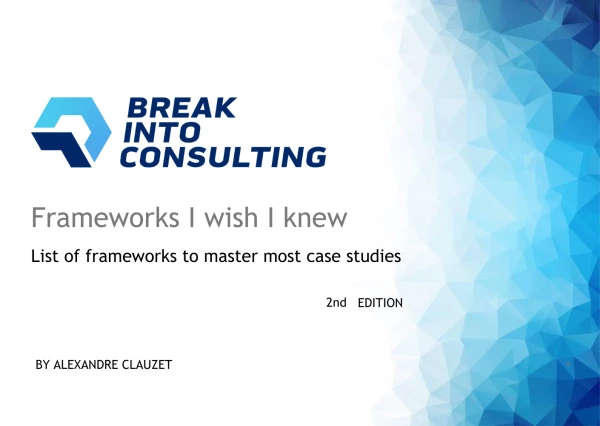Dear all
I am currently practicing cases and have a question about MECE. I have read a lot of articles but am still not getting it completely. Whenever you have an issue problem: profitability, revenue decrease, how to grow your revenue etc. and the question is to find the source of the problem, it is completely logical for me that you have to split it up into P=R-C or similar to be 100% sure that you consider all the possible root-causes for a certain problem.
My problem arises when the questions are something like "Should Aldi enter the Chinese market?". How can you be sure that your approach is MECE there? How can you set up a structure that makes you 100% sure that you consider everything there is to consider (obviously 80/20 in mind)?
How would you structure your approach to solve the case above, and why would it be MECE?
Thanks for your help and best,
A
















